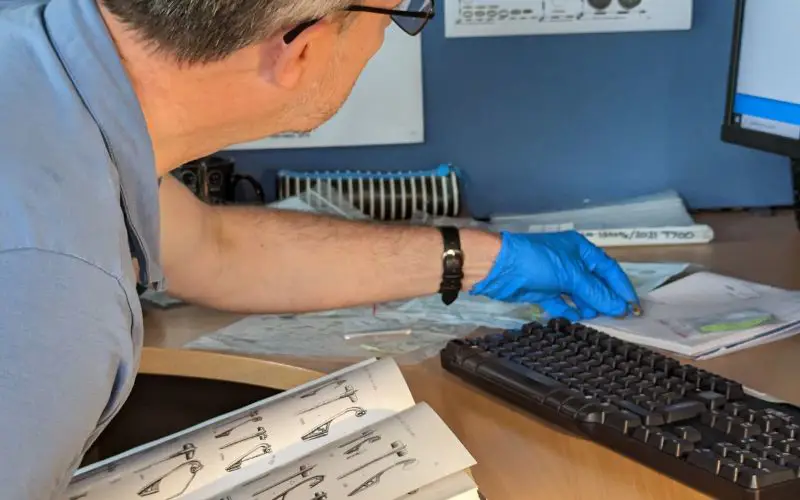The Great Baddow Hoard
A hoard of 933 gold Iron Age coins, thought to be possibly linked to Julius Caesar, has been acquired by the Museum of Chelmsford thanks to a major grant from The National Lottery Heritage Fund.
The Great Baddow Hoard is an exceptional find of national importance, shedding light on the activity of Iron Age tribes in the east of England.
It was acquired in May 2025 thanks to funding of £250,000 from The National Lottery Heritage Fund. Additional contributions came from Chelmsford City Council, Friends of Chelmsford Museums, Essex Society for Archaeology and History, Essex Heritage Trust, Council for British Archaeology East, and Essex Numismatics Society.
A significant local find
Dating to 60-20BC, the Great Baddow Hoard was discovered in 2020, more than 2,000 years after it was buried. Consisting of 933 coins, along with fragments of a possible container or vessel, it is the largest recorded hoard of Iron Age gold coins ever found in Britain. It is theorised that this significant find could have originally been intended as a tribute payment to Roman general Julius Caesar.
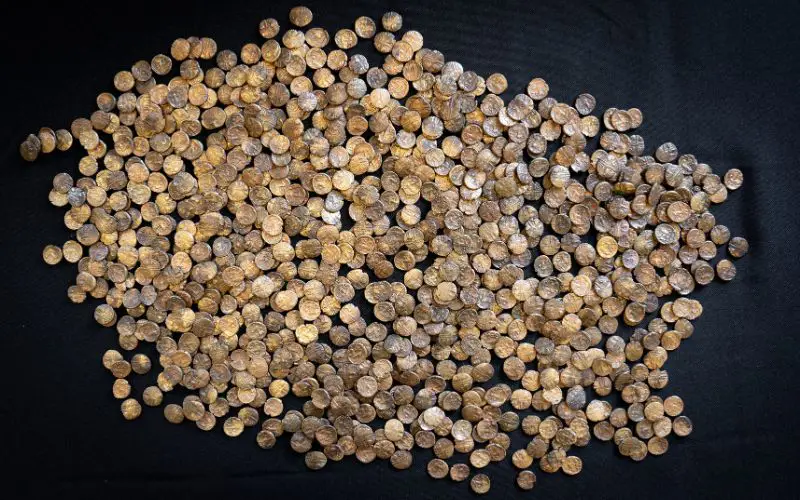
More insight into our Roman history
Most of the coins in the Great Baddow Hoard are thought to have been produced in the region later associated with the so-called ‘Catuvellauni’. But their discovery in what is traditionally considered Trinovantian territory in Great Baddow shows clear movement and possible aggression between these neighbouring Iron Age tribes. While aggression between the Catuvellauni and Trinovantes is recorded in Roman sources, until now there has been little archaeological evidence to support this, making the Great Baddow Hoard a significant find for our understanding of eastern Britain in the late Iron Age.
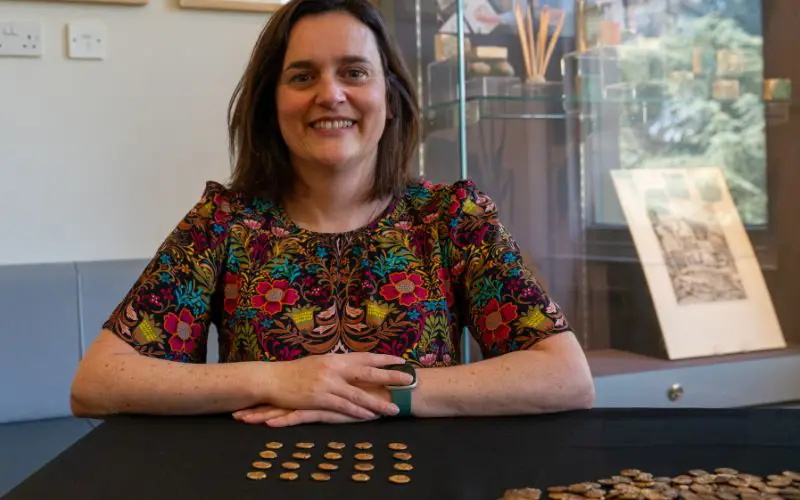
A discovery almost lost
The circumstances of its discovery stand as a reminder of the importance of responsible metal detecting.
The hoard was found on private land in Great Baddow by a metal detectorist who did not have permission to be detecting there. On discovering the hoard, the finder initially failed to declare the find under the Treasure Act 1996, limiting the potential for the archaeological context to be understood.
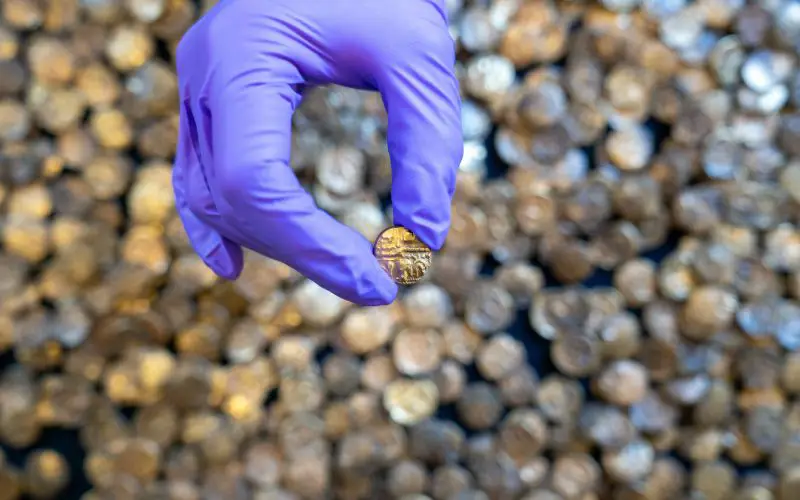
Opportunities to connect our communities
Alongside the acquisition of the Great Baddow Hoard, funding supplied by The National Lottery Heritage Fund will also support further research into the hoard, as well as a programme of outreach and community projects designed to connect local audiences with its history. More about these projects will be shared in the coming months.
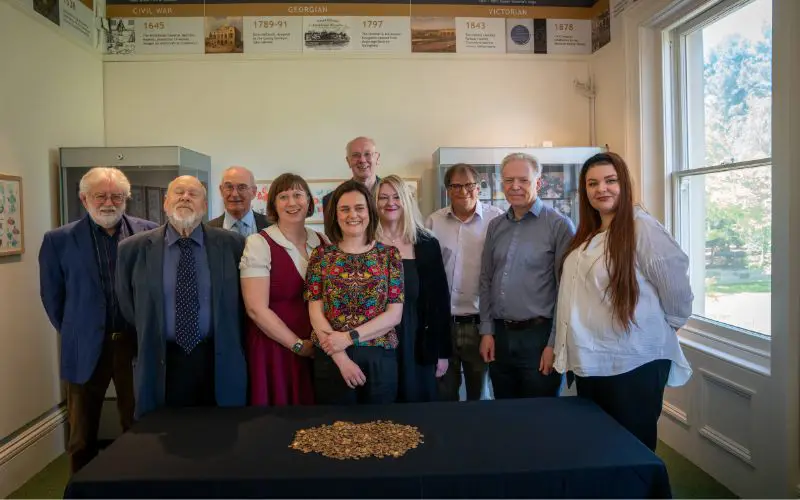
Timeless Treasures
The Great Baddow Hoard will go on public display for the first time in a dedicated temporary exhibition from summer 2026. Following the exhibition, the hoard will go on permanent display in the museum from spring 2027.
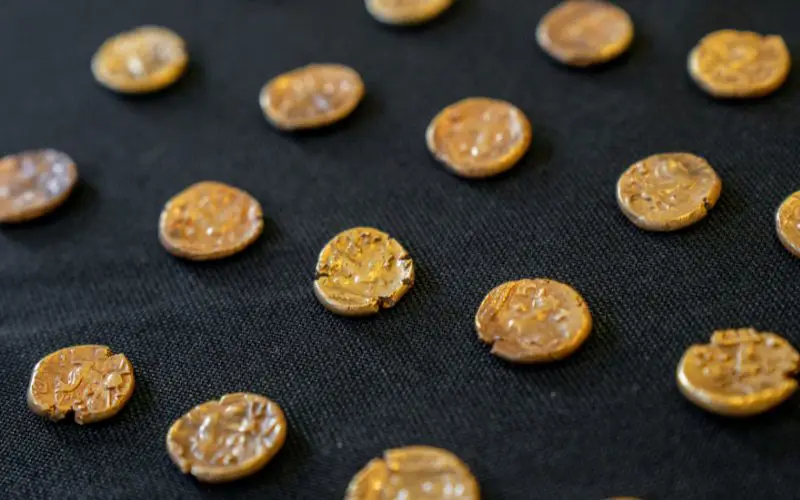
Responsible Metal Detecting
Under The Treasure Act 1996, finders have a legal obligation to report all finds of potential Treasure to the local coroner in the district in which the find was made. This is usually done though a Finds Liaison Officer. The Essex Finds Liaison Officer is one of many in England and Wales working for The Portable Antiquities Scheme, run by the British Museum and Amgueddfa Cymru - Museum Wales, to encourage the recording of archaeological objects found by members of the public in England and Wales.
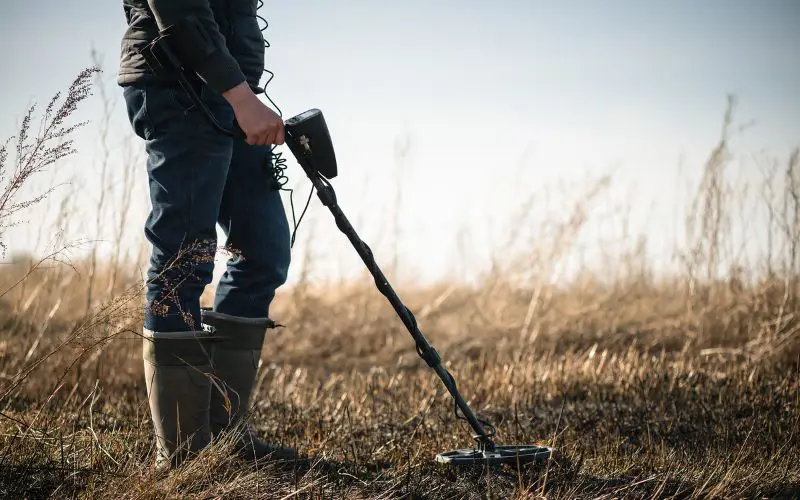
Transforming our history
Thousands of archaeological objects are discovered every year, many by members of the public, most by people while metal-detecting. If recorded, these finds have great potential to transform archaeological knowledge, helping archaeologists understand when, where and how people lived in the past. The Portable Antiquities Scheme offers the only proactive mechanism for recording such finds, which are made publicly available on its online database.
Photo credit: Colchester and Ipswich Museum Service
